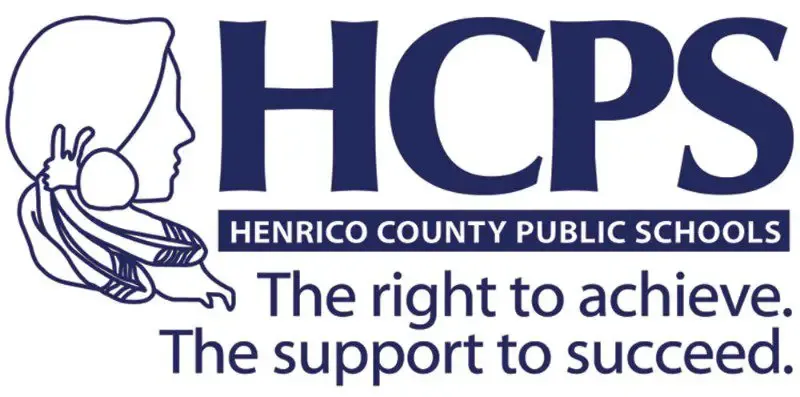Related

Developer breaks ground on $500M Midtown64 mixed-use site in Henrico
Developer Greenberg Gibbons broke ground Dec. 16 on Midtown64 – a more than $500-million mixed-use project that will take shape on 46 acres that formerly housed the Genworth Financial headquarters in Henrico's Near West End. Shamin Hotels is a joint-venture partner in the project. The site, located at the
Click here to read more
Henrico School Board poised to make final vote on school redistricting proposal Dec. 18
At a 4 p.m. meeting Dec. 18, Henrico School Board members are expected to vote on a proposal that would redistrict around 680 students next fall. The current redistricting plan, which has been changed several times since it was first drafted in early September, would impact the following school
Click here to read more
Henrico supervisors to weigh broader regulations on shops selling vapes, smoking products
On Tuesday night, the Henrico Board of Supervisors is expected to vote on an ordinance that would apply vape shop regulations to other stores selling similar substance-related products. Businesses looking to establish stores that sell substances such as vapes, tobacco, cannabis, edibles, kratom, or nicotine products would need to get
Click here to read more
Henrico Christmas Mother program brings 'a lot of hope and comfort during the holidays'
For families that have filled a cart with books, clothing, toiletries and toys at the Henrico Christmas Mother warehouse during the past two weeks, the gifts they receive makes this time of year happier and more festive. But it is the gift cards to grocery stores as well, along with
Click here to read more
